2015 Scion FR-S Review
“Tail happy.” It is one of the happiest phrases in the auto writer’s lexicon and one of the traits we value most in a sports car. “Tail happy” refers to a car biased towards gentle oversteer, in other words it’s a car that will allow the back end of the car to fishtail when taken to its limits of traction.
FAST FACTS
| Engine: 2.0L boxer four cylinder makes 200 hp and 151 lb-ft ot torque. |
| Transmission: 6-speed manual or 6-speed automatic. |
| Fuel Economy: 22 MPG city/30 MPG highway/25 MPG combined with manual trans, 25/34/28 with an automatic. |
| Price: Starts as $25,655. |
Being tail happy isn’t necessarily a good thing. Take the old air-cooled Porsche 911, which would snap into sudden and severe oversteer if the driver lifted off the gas too suddenly in a turn (lifting shifts weight forward and lightens the rear end). And there were several rear-engine death traps sold in Europe that would spin out if you so much as looked at them the wrong way.
But a car that makes a gentle transition to oversteer, which can be easily corrected with steering and throttle – giving it just enough power to shift some weight onto the rear wheels, but not enough to break them loose – a car like that, friends and neighbors, is an absolute treasure.
Fond Memories of the Past
The Scion FR-S, launched in 2013, was tail happy in the absolute best sense of the phrase. Not only that, but every other system on the car seemed like it was designed to exploit the car’s tail-happy nature. The engine put out a modest 200 horsepower, so there was little chance of getting overzealous with the gas while correcting.
The steering was brilliant: precise and practically buzzing with feedback. The electronic stability control system had a sport mode that would catch the tail if you didn’t (or, in full-on mode, prevent oversteer altogether.) Even the (optional) automatic transmission got in on the act, with a well-programmed sport mode that always picked the right gear for spirited driving, allowing the driver to concentrate on the chassis. All this, plus it was hella cheap for a sports car. No surprise we named the Scion FR-S our AutoGuide Car of the Year in 2013.
For 2015, Scion has made just one change to the FR-S, but it’s a significant one: it’s no longer as tail-happy.
When we heard this, we were dismayed. Had Scion ruined the car we had come to love?
Trial by Racetrack
To show us what changes they had wrought, Scion turned us loose on the tight and twisty Streets of Willow track at Willow Springs Raceway in California. We were invited to drive the 2014 and 2015 cars back-to-back, which was a brave move on Scion’s part.
The difference between the two cars is pronounced to the point that we could tell which year car we were driving simply by the way it cornered. The 2014 is tail-happy. The 2015, not so much.
But we also found a lot we liked about the FR-S’ new setup. Scion changed the chassis balance by stiffening the front end (generally speaking, the stiffer end of the car slides first). That allows the FR-S to be driven a lot more aggressively. We are able to charge harder into the corners in the 2015 FR-S, and if we came in a little too hot, the car would simply understeer (try to go straight) and scrub off speed. A little corrective footwork and we’d be on our way again. The retuned FR-S drives more like a traditional sports car, and felt significantly faster around the track than the 2014 model like its BRZ near-twin, which never had the FR-S’ tail-happy nature. Yes, the new car will still oversteer, but it has to be pushed a lot harder (or driven rather clumsily).
Other than this one minor (and yet oh-so-major) change, this is still the Scion FR-S we’ve come to know and love. The FR-S is a pure sports car: Small and purposeful in its styling, with a simple interior that favors functionality over adornment. The front seats are sculpted to look like aftermarket buckets and they do a great job keeping the driver’s posterior positively planted when one is exploring the FR-S’ abilities. The back seat and trunk are both too small to be useful, but combining them by folding down the back seat turns the FR-S into a practical two-seater.
Engine Soldiers on Same as Before
The engine is unchanged, and that is both a good thing and a bad thing. The FR-S is powered by a 2.0-liter horizontally-opposed four cylinder (hey FR-S, your Subaru roots are showing!) that develops 200 horsepower and 151 lb-ft of torque. The FR-S is not sports-car fast, but its moderate pace teaches good discipline because the way to maintain speed in this case is to build up momentum and maintain it as long as possible.
The same could be said for the tires, which are designed for fuel economy rather than grip. Can you improve the FR-S’ handling with better tires? Hells to the yeah. Would we? Not necessarily, because it’s those low-grip tires that make it so easy to play with the chassis. (Despite that, the new suspension setup definitely benefits from grippier rubber.)
And the pricing is still quite good: $25,655 with a manual transmission and $26,755 with an automatic transmission. Scions aren’t priced like most other cars. For one thing, they have a no-haggle pricing policy, so the FR-S should be compared to cars costing a grand or two more. Second, Scion offers a single trim level and no factory options; instead, there are a plethora of dealer-installed accessories that allow you to customize your car and dealers to maximize profits. If you’re looking for the best sports-car value, try to find an unmolested FR-S.
The Verdict
This is a tough one for us. We can’t complain about the way the Scion FR-S goes down the road (or around the track); the new suspension setup definitely makes more speed. And we understand how the old car’s tail-happy nature could be a problem for some buyers. But we miss the way we could hang the back end out at will — it was that trait, and that trait alone, which separated the FR-S from other affordable sports cars. We like the new one, but we miss the old one.
LOVE IT
- Pure driving experience
- Purposeful no-nonsense interior
- New suspension makes it quicker in the corners
LEAVE IT
- Small trunk and useless back seat
- We like oversteer! We miss oversteer!
More by Aaron Gold














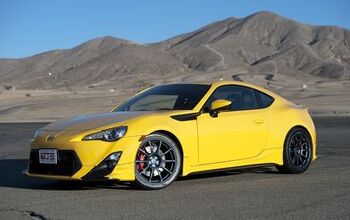
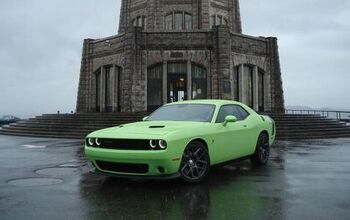

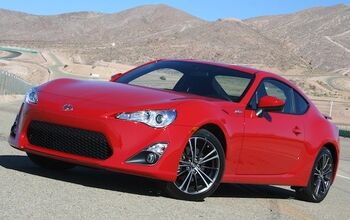
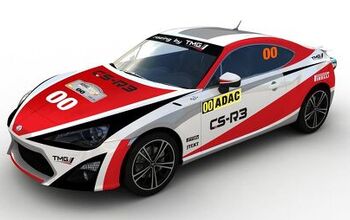


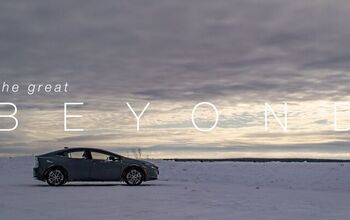



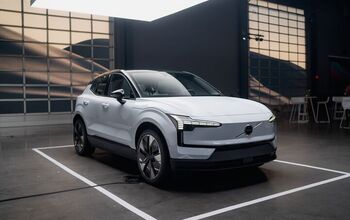



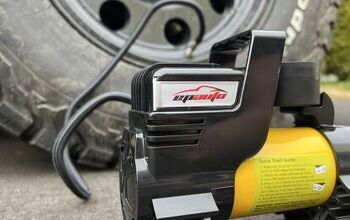
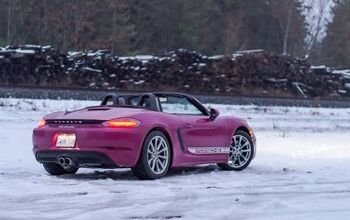
Comments
Join the conversation
Who the hell says, "HELLA" I mean seriously?